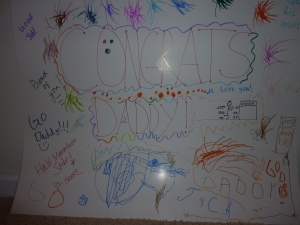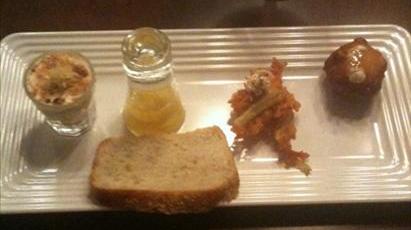I have a DVR and I love it. With the exception of the Super Bowl, I can’t remember the last time I watched a commercial.
So why do you think I would want to follow your twitter account if the only thing you ever do is tweet about your products or your events? For all the criticism that people who tweet are narcissists, it’s really the followers who are in it for themselves. Unless they are just focused on their follower count, and haphazardly follow anyone they can find in the hopes of being followed back, they probably make a conscious decision every time they click that “follow” button. Maybe a person is funny. Maybe they provide great/timely information. Maybe they are engaging. Maybe they are provocative.
If you are a twitter skeptic, you are probably thinking, “It’s not my job to entertain, inform, engage or provoke random people. It’s my job to sell widgets or fill seats at restaurants or events or shape public opinion. Why should I tweet?” Well, if you entertain, inform, engage and provoke them, they will tolerate it when you pitch them. They may not even notice.
Now I’m not a small business owner (anymore). I’m certainly not a social media guru (though I saw one once at the end of the rainbow). But I have some opinions on what you should and should not be doing to build your business/organization on twitter.
Don’t become a broadcaster. You’ll end up a narrowcaster. You may have seen this business on twitter. Constantly telling you about the daily beer special or encouraging you to register now for the next event. But the account (it’s unclear if there is a beating heart behind it) never engages. @reply and you’ll be ignored. It is the twitter version of 24/7 infomercials. If you have seen this account, you probably didn’t see it for long because who wants to follow the commercial network.
Do listen- Do you know everything? If not, you might learn something. It might be something specific to your business. Don’t you wish you could hear anytime someone complains about your product so you could attempt to make it right. On twitter you can. You can also hear what people are interested in, see what your competitor is offering, or offer solutions when someone is working on a problem in your area of expertise.
Don’t forget the pleasantries- Would you ever sit down to a business meeting without saying good morning, asking how a person’s weekend was, checking in on their family? Do you always care about the answer? Of course not. And you may not care that my kid scored 14 goals in his 4 year old soccer game (which he did by the way; boy is a stud). But we talk about such things. It builds rapport. And if during those pleasantries we find out that we both have kids in braces, there is immediately a sense of shared experience that will create a connection and a trust that may make it easier to do business later. So even if you don’t think anyone cares what you had for dinner, share it. Someone might. And the bottom line is it is good for business to make personal connections.
Do give special deals. People love to get special treatment. If I had to guess, 3/4 of the twitter world is on twitter so they will know something the non-twitter world does not. They will follow you and patronize you if give them something the non-twitter world is missing. I’ve been to @thecounterQC for Buy One Get One burgers provided only to twitter users. It was partly about getting a free burger, but it was more about feeling like I was getting special treatment, and I don’t know if I would have made the effort if I had heard about the deal on the radio. Similarly, @AmeliesBakery prompted me to become a facebook fan by offering a free caramel salted brownie. These are both obviously forms of business advertising, but neither feels like a commercial. They feel like a secret that I’m in on.
If you haven’t figured it out by now, this post is not for you. It’s for me. I get more out of twitter when the people I follow are entertaining, engaging, informative or provocative. Improving the way you use twitter makes it a better experience for me. And like everyone else here, I’m on twitter for selfish reasons.


You must be logged in to post a comment.